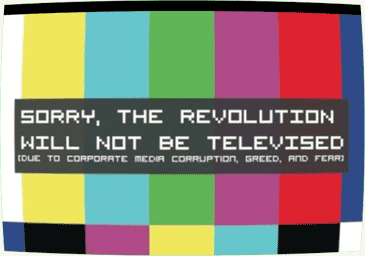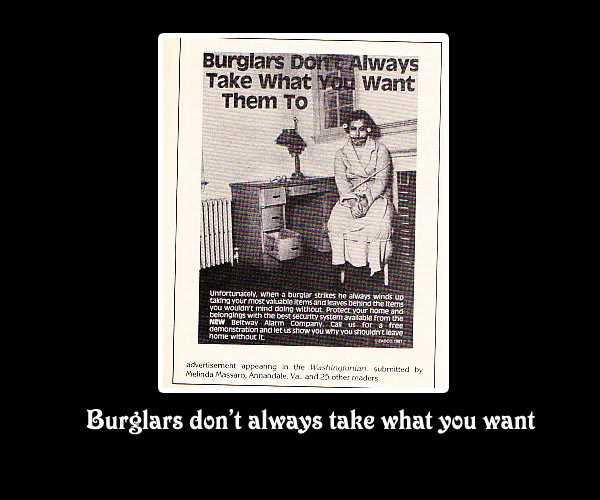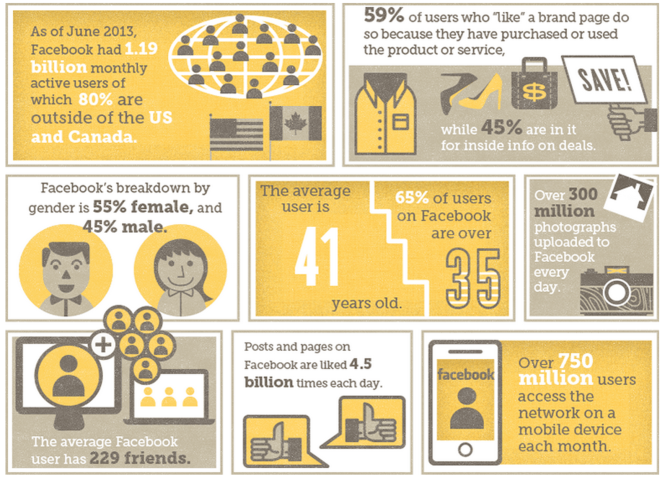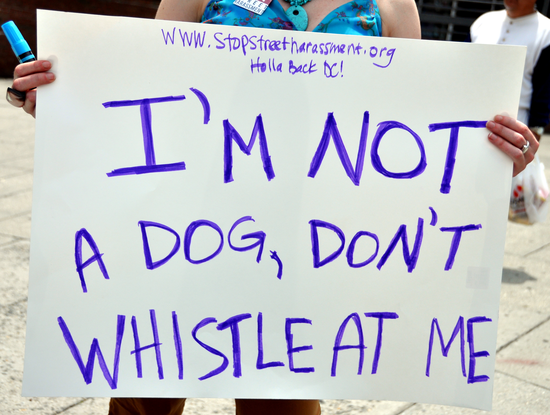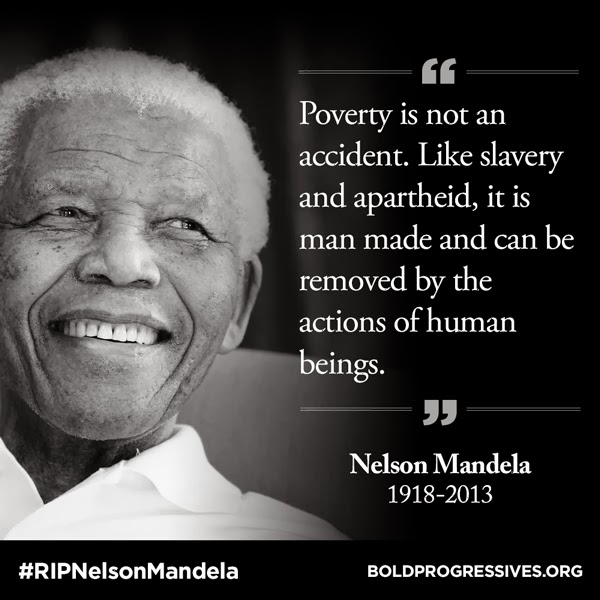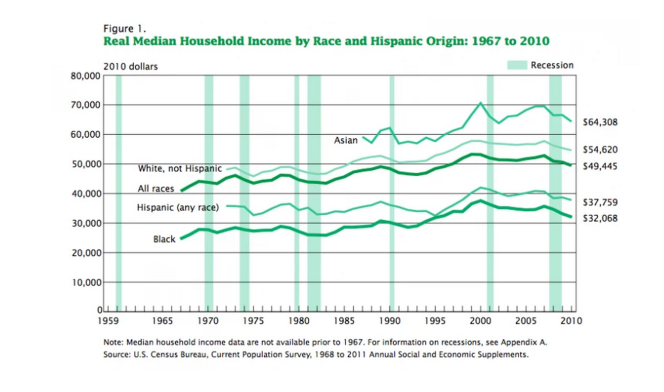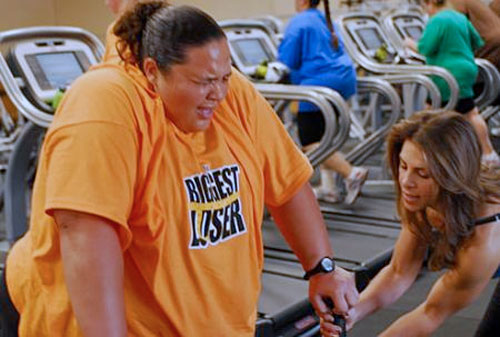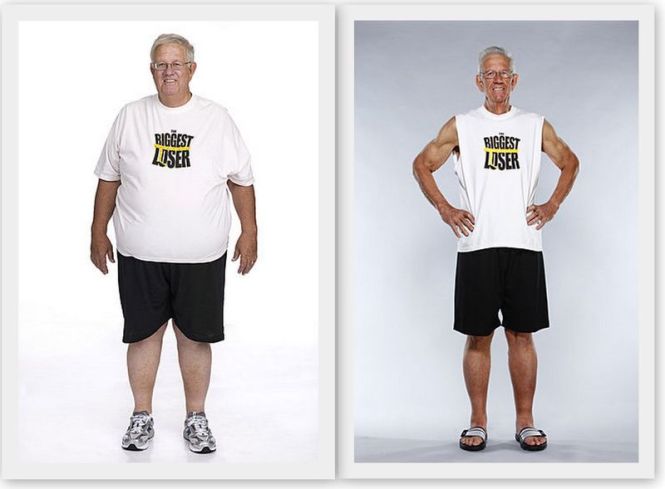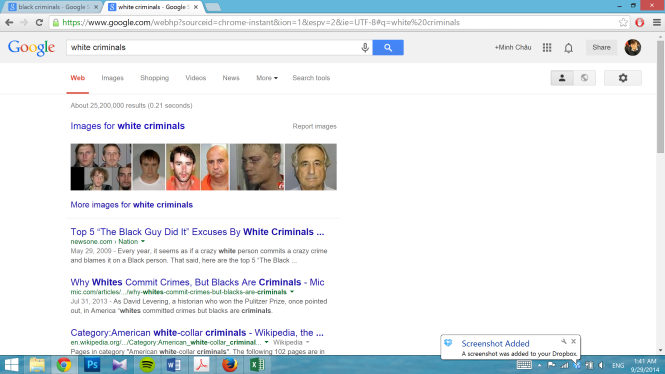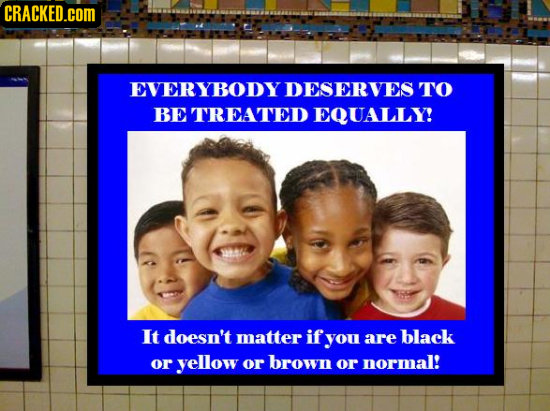Everyday we consume media. Media is newspaper, media is magazines. Media is music, media is movies. And let’s not forget about social media.
The want of communicating with each other is so strong that we have so many kinds of media approaches and platforms to convey our thoughts to other people, for purpose of either raising public awareness, provide information or entertaining. Yes, the purpose is really important. When you produce media text, you must have your own intention. What does this media text serve for? Who will be the target audience? Those are basic questions that you should be clear about before releasing any sort of media.
From user’s perspective, we are not in the early to mid 20th century when media is the “magic bullet” anymore. We consume media to satisfy our own needs. What we see when we are exposed to media does not have to be the same with the intentional purpose that has been set up for us from the producers.
Let’s take an example. In my favourite sitcom “How I Met Your Mother?“, there is a character called Barney. He always wear suits, enjoys playing laser tag though he is in 30s. He is also a true playboy who even writes a book called “Playbook” about ways to manipulate girls into bed. But at the same time, he is also very emotional and extremely naive. Barney sees things different from others. One of the most unforgettable impression I have about him is from the way he perceives the movie “The Karate Kid 1984“. Instead of seeing Johnny Lawrence (played by William Zabka) as a villain, Barney think about Johnny as the “real karate kid” and a wonderful protagonist character.
This is just like seeing Toms as the good pathetic guy and Jerry is just an insidious evil (b)rat.
Or seeing Cinderella as a silly passive woman that does not do anything to fight for her own happiness but crying.
Or, (this is a big Or), seeing Michael Brown as a real victim of police misconduct and racial inequality.
According to Stuart Hall, mainstream media tends to lead us to think in only one “preferred” way in order to best serves for their intention. He also claimed that, in television, one sign is polysemic and several meanings are delivered but just one layer of meanings is chosen to offer to the audience and is considered as the “appropriate” way of perceiving things. Obviously, that “way” does not necessarily reflect the truth. In his work “Encoding/Decoding”, Hall also states that the viewer “detotalizes the message in the preferred code in order to retotalize the message within some alternative framework of reference”. In other words, the audience might clearly understand all the connotation that is implied by a media text but choose to decode the message in a different way, which happens to be totally contrary with the producer’s purpose. This is the idea of Oppositional Decoding. Whereas, Negotiated Readings refer to the idea that keeping privileges dominant definitions while allowing for deviant applications.
Thanks to this, the audience can point out other meanings embedded under the media text, spread out their opinion through alternative press. In our society, the “audience” here is often from the marginalized groups who are treated unfairly in the dominant media and desire their voices to be heard. Well, in full flourish of the digital age, social media stands by their side. They don’t have to go outside to trigger protests or demonstrations. They can just sit with their PC or smartphones to type out their thought on Twitter, Facebook or Instagram. They can be online activists to show their reactionary to mainstream ideology and narratives. From the instances of #iftheygunnedmedown and #Ferguson, it is shown that hashtags on Twitter can be a very powerful tool.
Nevertheless, it does not make any sense if everyone that they are sharing their thought is from the same group with them. It is just like I am talking with all of you about a topic that we are all agree with. I don’t need to persuade you, I don’t need to convince you to see things in another way. Because the way you see is the way I see. The contrary opinion just can be magnified once it reached to the dominant group.
Though talking about a topic that different from racism, Linda Steiner, in her work of “Oppositional Decoding as an Act of Resistance”, brings about a beautiful example about Ms. Magazine. As a feminist press, Ms. Magazine released its “No Comment” section firstly in 1972. Basically, it is a section where readers can submit media text that carrying ideological and stereotypical meaning about the role and depictions of women to the magazine so as to critique them in silent but visible way. The forms of excavated media varies from journals, newspapers, textbooks, letters and memos, to print ads and photographs of billboards, signs and posters. They are the kind of media that we often come across but never consider it as problematic but tend to comprehend it in a natural way, the way that “it’s supposed to be”. However, there is no need to insert any caption below the “evidence” but instantly all other viewers are expected to understand it in the contrary way, to realize that this is not right, this is not okay. For instance, a notice (August 1979, p. 100) hang on a hotel room bar announces: “This Servi Bar is sealed and virginal. But you don’t have to marry it – just break seal and enjoy”. It illustrates the way media treats women as nothing more than an object and implies that getting married to women is something that men ought to do but not want to do. It reinforces the dehumanizing idea that possessing women without any commitment is a pleasure. There are also a lot of media examples that extremely violating women’s dignity and integrity featuring on Ms. Magazine, which really makes you doubt what you see. It is hard to believe that, this kind of things are ubiquitous in the media around us.
So online activism and alternative media as Ms. Magazine are different paths that people can use as a weapon to surpass the heavily constructed hegemony and ideology in this world, as a giant loudspeaker to raise their voices about social injustice. Using either Oppositional or Negotiated Decoding is what renegades are doing to ironically mock on the mass media hence emphasize the defect and deceit of media messages.

